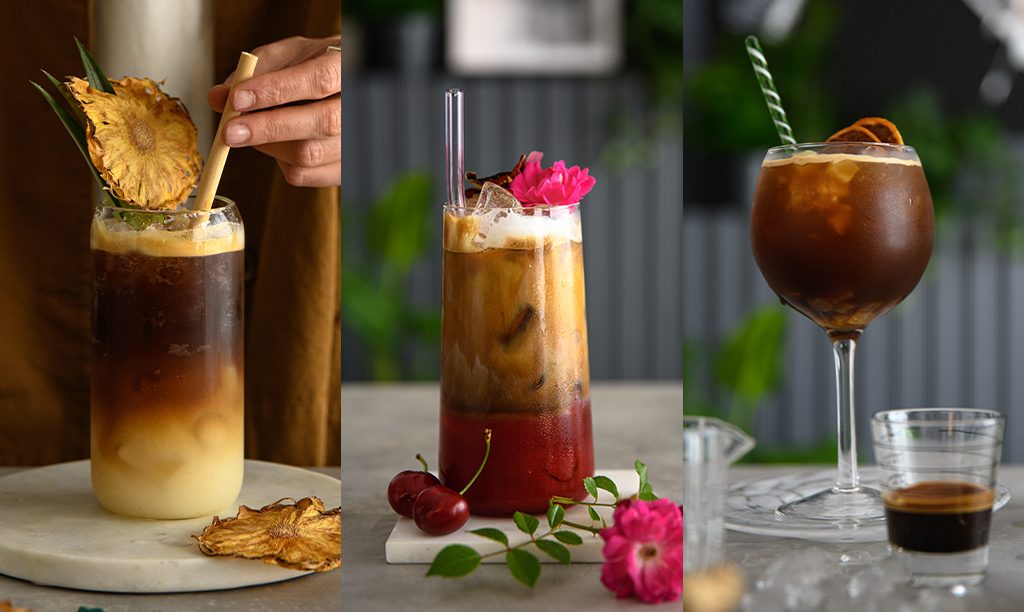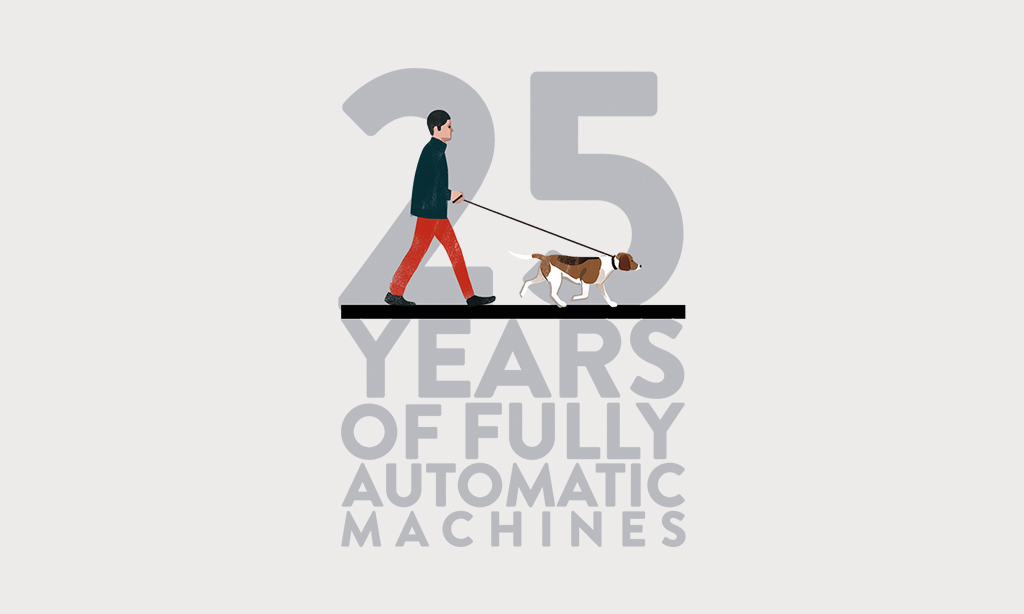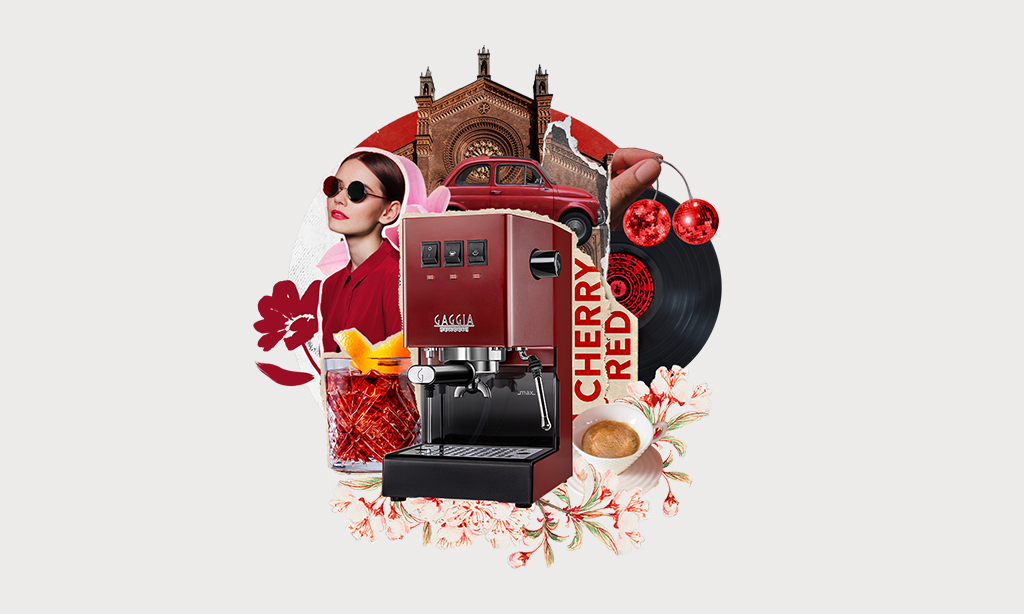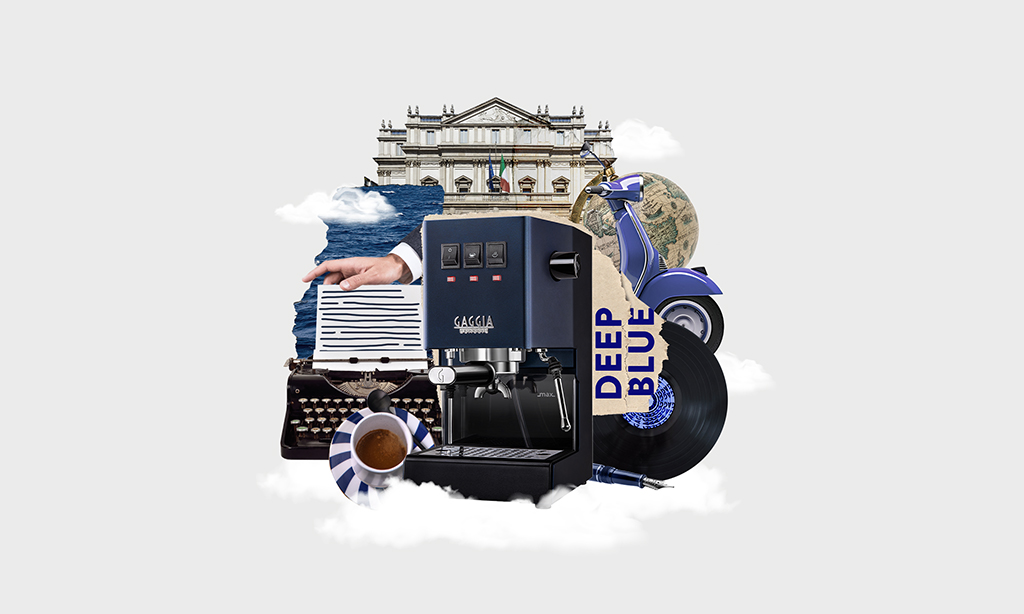Cupping: everything you must know
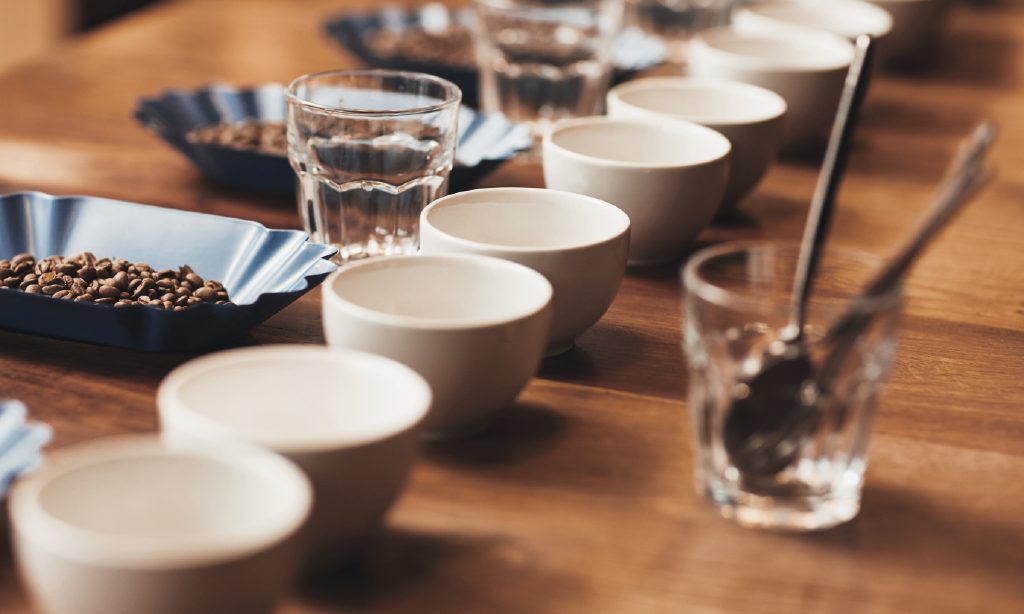
Coffee is culture, passion, and art. For the ones that work in the field, from the farmers to the roasters and finally the baristas, it is crucial to deeply understand the different nuances of coffee. One of the most used techniques to analyse and evaluate the quality of different types of coffee is cupping.
This method is fundamental for all coffee experts and lovers, as it allows to identify the aromatic profiles, the organoleptic characteristic and the potential imperfections of coffee, for a better overall experience.
The origins and evolution of Cupping
Antique origins
The roots of cupping date back to hundreds years ago, when the coffee market started to spread from the native lands in Africa to the Middle East and beyond. Coffee merchants needed a method that allowed them to evaluate the quality of the beans that they were buying, and cupping became the standard procedure. As the years went by, this technique spread all over Europe and in the US, where it was further developed.
Evolution over time
Through the 20th Century, cupping has become a usual scientific method. With the upcoming coffee associations and the rise of specialty coffee, an even more specific language was developed in order to describe coffee features. Organizations such as the Specialty Coffee Association (SCA) have defined strict registers, making cupping a practice that is now recognized and used worldwide.
The Cupping tools: the essential kit
In order to do the Cupping in a proper and professional way, some tools are necessary.
- Cupping cups: usually made of ceramic and glass, they have a standard capacity (around 200-250ml) to guarantee the right tasting experience.
- Cupping teaspoons: made of stainless steel, they have a shape to efficiently pick the coffee. Their depth allows to taste the liquid in a specific way.
- A scale: crucial to accurately measure the quantity of ground coffee and water used
- Coffee grinder: a precise grinder is also needed to grind the beans in the right way
- A thermometer and a boiler: to control the water temperature that should be between 92°C and 96°C.
- A timer: to supervise the infusion time, usually around 4 minutes.
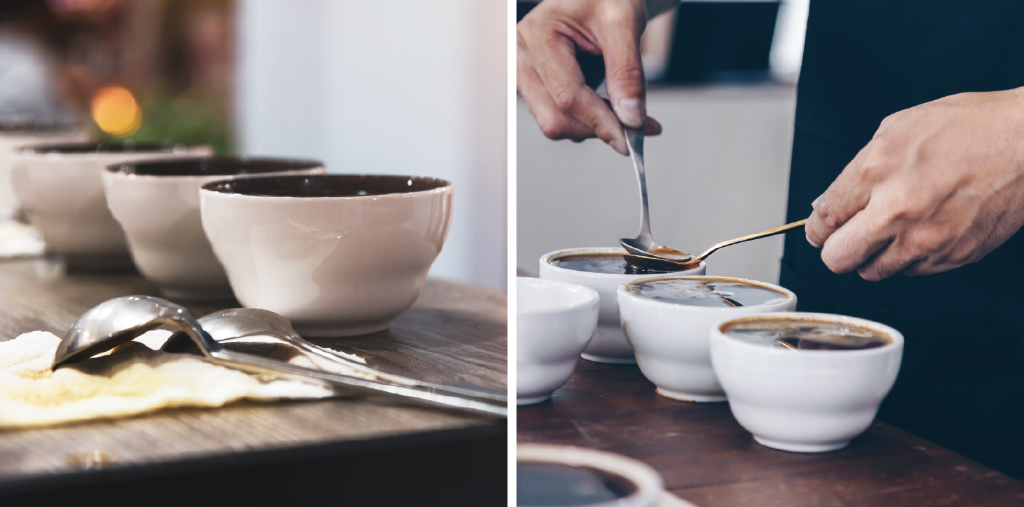
The Cupping process: a coded ritual
Coffee preparation
Selection and grinding
Cupping starts with the coffee beans selection. Ideally, the beans should be fresh, with a light to medium roasting, to bring out the intrinsic coffee characteristic, without overloading the roasting taste. Once selected, the beans are immediately ground, before cupping. The granulometry must be uniform and with a texture that should remind thick sand.
Weighing and distribution
12-13 grams of coffee per cups are weighted, making sure that each cup contains the same quantity to guarantee an equal comparison. The ground coffee is then poured in the cups.
Infusion
Water supplement
High quality water, warmed up at a correct temperature, is poured in the cups containing ground coffee. This process requires high precision, filling up each cup to the same level, usually around 200 ml.
Waiting time
It is possible to observe a sort of crust on the surface, made of coffee particles. During this phase, that lasts around 4 minutes, professional tasters are already able to perceive the scent that comes out slowly.
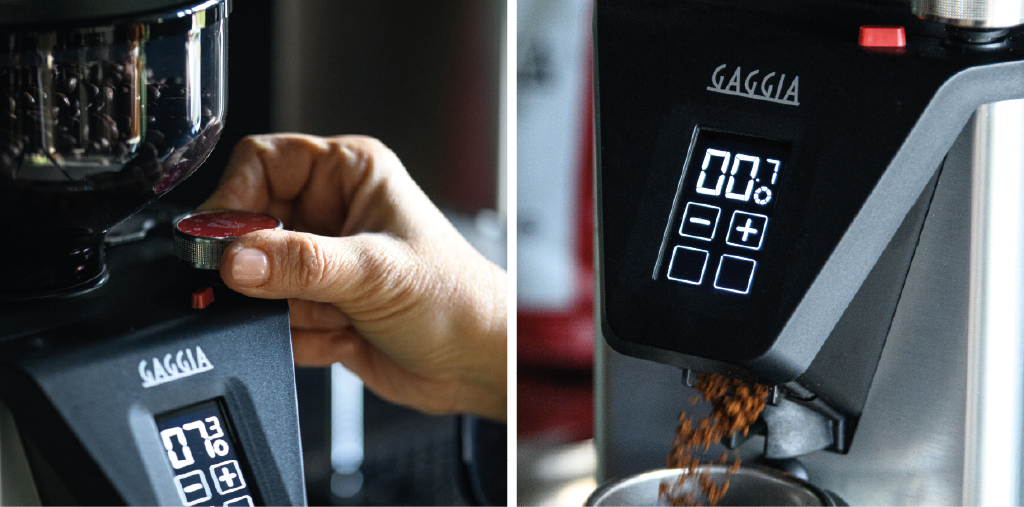
Tasting
Breaking the crust
After 4 minutes, the tasters use a spoon to break the crust.
This is an essential step not only to better release the scents, but to also mix the coffee and helping the tasting moment. Now, it’s important to smell well, as the scent that comes out is a key indicator of the aromatic qualities and profile of coffee.
Leftovers removal
After the crust has been broken, it is time to proceed with the removal of the remaining coffee particles on the surface. To do this, it is possible to use two teaspoons. This ensures that the liquid is clean, ready to be tasted.
The tasting
The tasters use teaspoons to pick up a little quantity of coffee and immediately drop it in the mouth. This allows to spread coffee all over the tongue and palate, so it is possible to perceive every single flavour nuance. Also, the inhaling technique is very important to oxygenate coffee and amplify its features (as with wine).
What to evaluate during cupping
Scent
The scent is one of the most immediate and distinctive elements of coffee. It can vary from floral and fruity to chocolate, caramel, spices or tobacco notes. During cupping we give attention to both dry (before infusion) and humid scent (after infusion).
Acidity
Coffee acidity must not be confused with stomach acidity; it’s quite the opposite actually, and it indicates a sensation of vivacity and freshness. Coffee can have a brilliant and citric acidity or a smooth and sweet one, depending on the variety and its origin region.
Body
The body refers to the weight and viscosity sensation when coffee is in your mouth. It can vary from light to full and creamy. The body is influenced by the content of oils and solid particles melted into coffee.
Taste
Taste is the most complex element to describe because it consists of a great variety of notes such as fruits, chocolate, spices, nuts and some others. The expert tasters are also capable of identifying more subtle nuances that, for others, are almost imperceptible.
Aftertaste
Aftertaste is the sensation that persists after drinking the coffee. It can be sweet, bitter, pleasant or not, and it can last from a few to several minutes. A good aftertaste is generally considered as a sign of a high quality coffee.
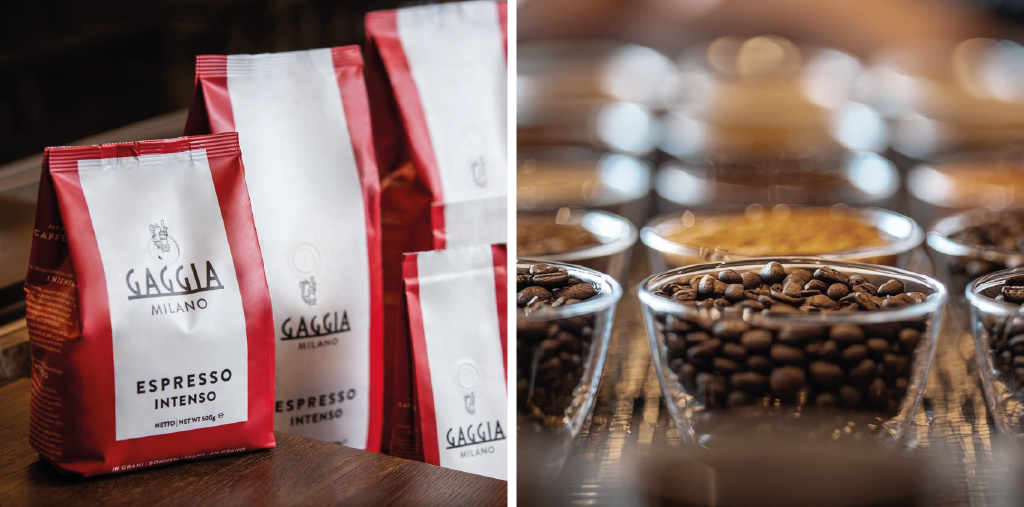
The importance of cupping in the coffee industry
Selection of the lands
For the roasters, cupping is a fundamental tool to select the best green coffee lands. This method allows to identify coffees that can satisfy the quality standards and to avoid those that have defects. In addition to this, cupping allows to compare coffees from different regions and to establish which one can be offered to the public.
Quality control
Cupping isn’t just useful to select the best coffees, but also to guarantee the constant quality of the product offered. Roasters use cupping to supervise the changes that coffee undergoes when it is roasted, preserved, and so on. This continuous control helps to maintain consistency, and to satisfy the clients’ expectations.
Formation and education
For both baristas and aficionados in general, cupping is a priceless educative opportunity. Attending cupping sessions allows to develop a more refined palate, learn how to recognize the distinctive features of the different varieties of coffee and be able to better comprehend how the different types of roasting and preparation can influence the final taste.
Blends development
Cupping is a tool that is also used for the creation of coffee blends. The roasters can combine different types of coffee to create a unique flavour profile by balancing acidity, body and sweetness, and finally obtain the result they wished for. First, this process requires a deep knowledge of single coffees and their interactions.
Challenges and limits of Cupping
Subjectivity
Although the adoption of standard registers, cupping is still a subjective method. The taste perceptions can significantly vary between the different tasters and be influenced by personal factors such as the palate sensibility and the cultural preferences. This is the reason why it’s crucial for cupping sessions to be led by groups of expert tasters so that they can reach a final agreement.
Environmental influences
The environment where cupping is taking place can also influence the results. Factors such as humidity, temperature and the quality of water used can alter coffee features. In order to minimize these variables, the environment must be supervised, and accurate tools must be used.
Limited access
Finally, while cupping is a common practice for high quality coffee markets, several small coffee makers from some other countries might not be able to access the resources and knowledge that are necessary for an efficient cupping. This could then be an obstacle and/or a limit for them to fully understand the value of their coffee and therefore being able to improve the quality of their production.
So, cupping is a sacred ritual in the coffee world. Whether you are a roaster, an expert, or “just” a coffee lover, cupping is a wonderful instrument to guide and to navigate you towards the best coffee experience.
 Truly Italian Roots
Truly Italian Roots